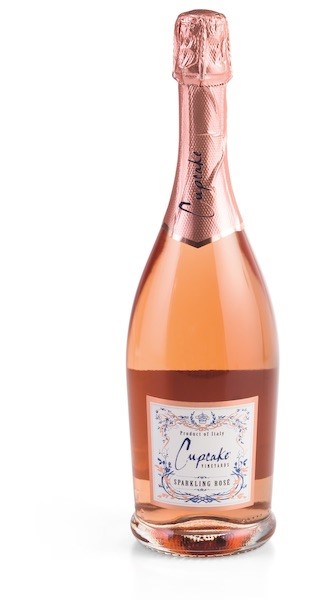Description
When it comes to selecting dessert wine, it helps to understand the different types. Below are a few basic categories to know.
Fortified Wines
A wine is fortified if brandy is added to stop the fermentation process. These wines are not just sweet, they're also higher in alcohol, at around 17% to 20% ABV. Port, Sherry, and Madeira are common fortified wines.
Ice Wines
Ice wine is an intensely sweet wine produced by processing grapes that are frozen on the vine. This requires a very specific climate. Canada, Germany, Austria, and the United States are among the top producers. Expect to spend a little more on true ice wine, and be cautious of wines labeled as "iced wine." Often these are produced from commercially frozen grapes, rather than grapes frozen on the vine. Many varieties of ice wine pair well with citrus or fruit desserts.
Hyvee Culinary Expert Tip
When pairing wine with dessert, remember to select a wine that's at least one step sweeter than the food. If not, the wine may taste bitter or sour compared to the dessert.Late-Harvest Wines
When grapes are left on the vine past the normal harvesting time, they become extra ripe and sweet. Naturally, these grapes produce a sweeter wine. Riesling, Muscat, and Pinto Gris grapes are often used to make late-harvest dessert wines.
Noble Rot Wines (For Real)
Harvesting grapes a little past their prime doesn't sound so bad, what about when the grapes are rotten? Wines produced from these shriveled grapes are some of the most sought after wines on the market. In a labor-intensive process, winemakers use the pulp to produce a luxuriously sweet wine that pairs well with rich desserts and cheeses.
Sparkling Wines

Sparkling wines and Champagne are made with a variety of different grapes, some more sweet than others. Sweeter varieties such as Muscat are used to make Moscato d’Asti (semi-sparkling) and Asti Spumante (sparkling). Other wines are intentionally sweetened. Look for these labels to understand where it falls on the sweetness scale.
Brut—this is the driest.
Extra-dry—this is not quite as dry as brut, but not very sweet, either.
Sec—this is slightly sweet.
Demi-sec—this is medium-sweet.
Doux–this is very sweet.


